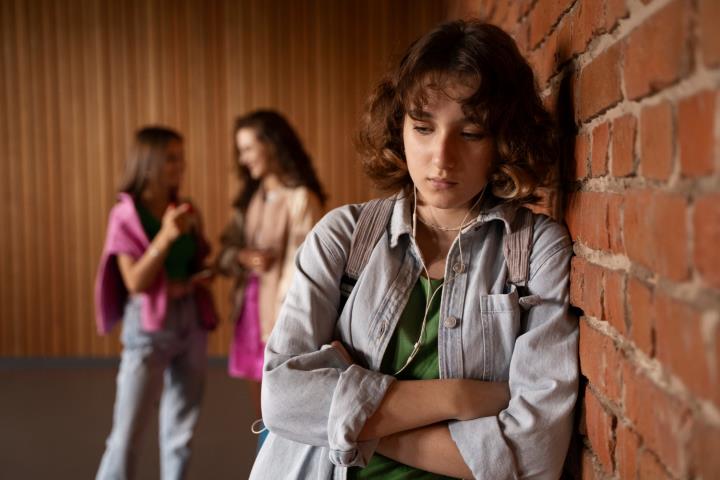Oct 07, 2025

In 2014, the Centers for Disease Control and Prevention and the U.S. Department of Education released the first federal definition of bullying. The definition encompassed three elements: 1. Unwanted aggressive behavior; 2. Observed or perceived power imbalance; and 3. Repetition or high likelihood of repetition of bullying behaviors.
DoSomething.org says around 20 percent of students between the ages of 12 and 18 have been bullied during the school year, and more than 150,000 teens have skipped school because of bullying. The Pew Research Center reports that 35 percent of U.S. parents with children younger than 18 say they are extremely or very worried that their children might be bullied at some point. Those fears may be warranted, as the Monique Burr Foundation for Children reports a child is bullied on a playground every seven minutes and between 50 and 77 percent of students report having been bullied.
Bullying victims may feel they're in a helpless situation, but students can do their part to curtail bullying and report offenders. Here are some actions students can take, courtesy of StopBullying.org.
· Treat others with respect. Students should stop and think before they do or say anything to another person that has the potential to be hurtful. Making it a point to be nicer to others and recognizing that everyone is different is a start.
· Apologize for past behaviors. Those who think they may have bullied someone in the past should own up to it and apologize with meaning.
· Talk to an adult. Students can talk to an adult they trust if they are being bullied or have witnessed another person being bullied. Telling someone can help a person feel less alone. This person may help develop a plan to stop the bullying.
· Stay in groups of friends. Most bullying happens when adults aren't around or when a person is isolated. Having a strong group of friends can deter bullying.
· Be aware of cyberbullying. Much bullying does not take place in person. Cyberbullying is prevalent and happens online or through text messages. Students should always think about what they post, and be aware that something said "in private" might be forwarded. Students should not share anything that could hurt or embarrass another person.
· Contact authorities, if applicable. According to the Anti-Bullying Alliance, most bullying incidents are not crimes, but certain types are illegal and should be reported to the police. Bullying that involves violence or assault; theft; harassment and intimidation over a period of time, including calling someone names or threatening them; and/or perpetrating abusive phone calls, emails or texts, should be reported.
· Lock down privacy settings. Together with their parents, students should safeguard their devices by adjusting privacy settings. These settings control who sees what is posted on social media. If a person is bullying another through text or social media, the person being harassed can document what is said by taking screenshots and then block that person from contact.
· Let others know they aren't alone. Students can support others who are being bullied by letting them know they are not alone.
Bullying continues to be a concern in schools. Students can be proactive partners in stopping bullying at school and after hours.
Signs of Childhood Bullying:
Parents and caregivers can be diligent in recognizing bullying in an effort to protect children. Here are 10 signs a child may be a victim of bullying.
· Unexplained injuries
· Lost or destroyed personal belongings
· Frequently expressing not feeling well or faking illness
· Changes in eating habits
· Difficulty sleeping and experiencing nightmares
· Decreased self-esteem or feelings of helplessness
· Self-destructive behaviors like harming themselves or talking about suicide
· Fear of going to school
· Changes in school performance, including declining grades
· Asking for money or stealing money
These are some of the indicators that a child is being bullied. Bullying can occur at school or during extracurricular activities. Bullying can also occur online. Kids may hesitate or even refuse to ask for help, which means that adults may need to intervene at the first signs of bullying.









